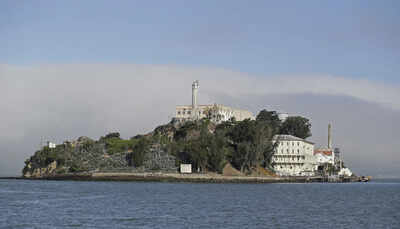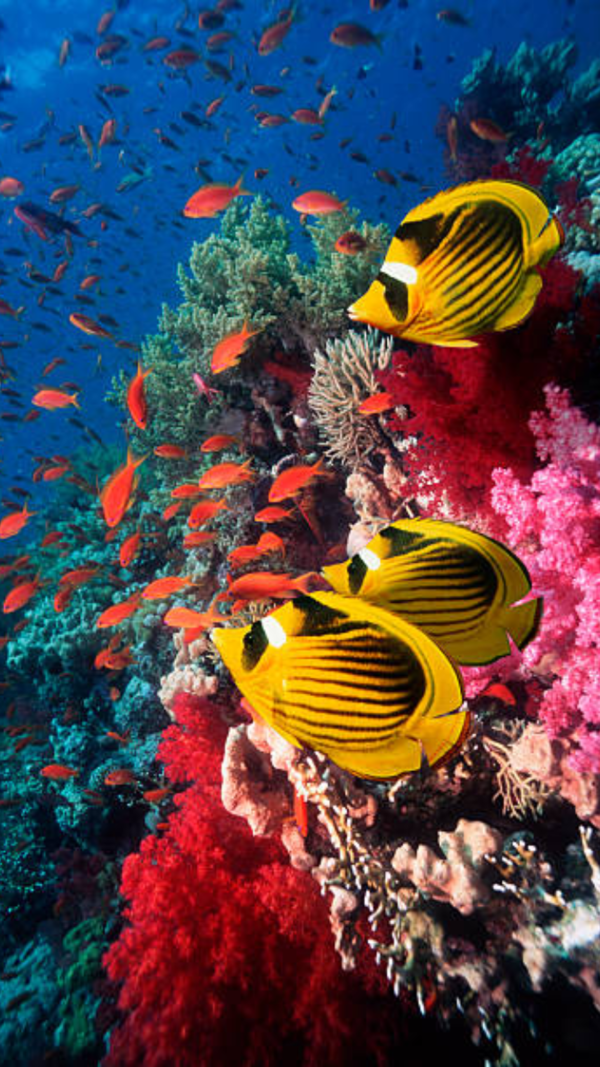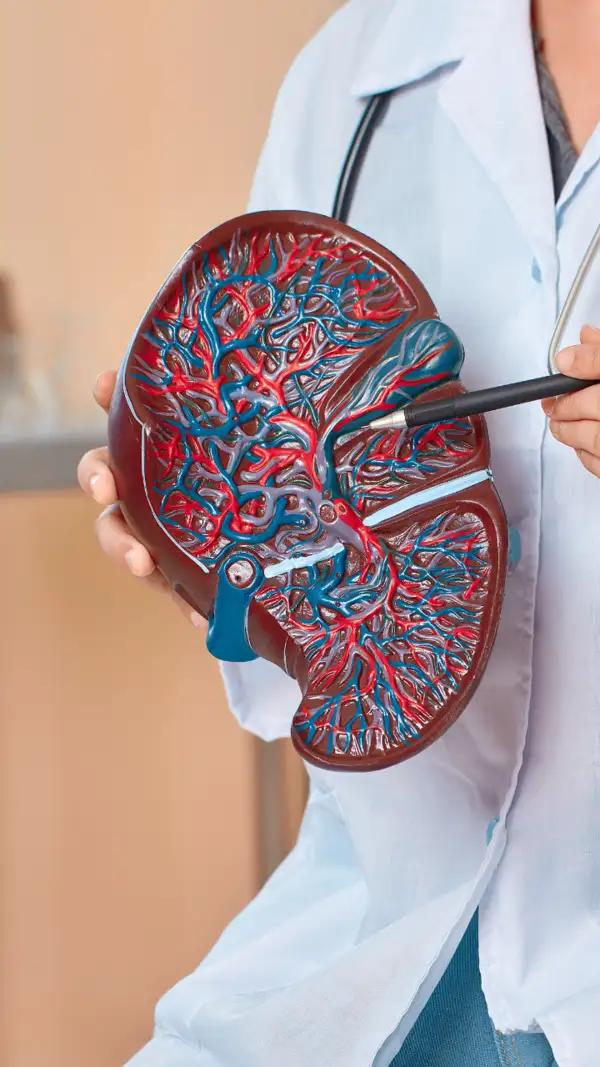Trending
Trump orders Alcatraz to reopen: Notorious criminals locked up before its closure
Donald Trump has ordered the reopening and expansion of Alcatraz prison, closed in 1963 due to high costs and infrastructure issues. The rebuilt facility aims to house America's most violent offenders. Alcatraz once held notorious criminals like Al Capone and Machine Gun Kelly, and was also the site of famous escape attempts.
US President Donald Trump has ordered the reopening and expansion of Alcatraz prison. The prison, which lies near San Francisco's Golden Gate Bridge, was shut down in 1963 and is currently a tourist site.
"Today, I am directing the Bureau of Prisons, together with the Department of Justice, FBI, and Homeland Security, to reopen a substantially enlarged and rebuilt ALCATRAZ," Trump wrote on his Truth Social site BBC reported. The prison would "house America's most ruthless and violent Offenders," he said.
Why was Alcatraz closed?
Poll
Do you support the reopening of Alcatraz as a prison?
Alphonse "Al" Capone

(Image: Hulton Archive/Getty Images)
Also known as "Scarface," he was one of the most notorious gangsters of the 1920s and 1930s. Convicted of tax evasion in 1931, he was transferred to Alcatraz in 1934 to serve an 11-year sentence. At Alcatraz, Capone's influence waned; he was assigned menial tasks like working in the prison laundry. Suffering from neurosyphilis, his health deteriorated, leading to his transfer to Terminal Island in 1938. He was released in 1939 and died in 1947.
George "Machine Gun" Kelly
Robert Stroud
Robert Franklin Stroud, known as the "Birdman of Alcatraz," was convicted of manslaughter in 1909 and later murdered a prison guard, leading to a death sentence commuted to life imprisonment. While at Leavenworth Prison, he became an expert on birds, authoring books on canary diseases. Transferred to Alcatraz in 1942, he was not permitted to keep birds but continued his research. Stroud spent 17 years in solitary confinement and died in 1963.
Alvin "Creepy" Karpis

(Images: https://www.fbi.gov/)
Alvin Francis Karpis, nicknamed "Creepy" for his sinister smile, was a leading figure in the Barker-Karpis gang, responsible for numerous crimes during the 1930s. Captured in 1936, he was the only "Public Enemy No. 1" apprehended alive. Karpis served the longest sentence at Alcatraz—26 years—working in the bakery and often clashing with fellow inmates. Transferred in 1962, he was paroled in 1969 and died in 1979.
Arthur "Doc" Barker
Arthur "Doc" Barker, son of the infamous Ma Barker, was part of the Barker-Karpis gang. Convicted of kidnapping, he was sent to Alcatraz in 1935. In 1939, Barker attempted an escape with fellow inmates but was shot and killed during the attempt.
Henri Young

(Image: https://www.fbi.gov/)
Henri Young was convicted of bank robbery and murder. Transferred to Alcatraz in 1935, he attempted an escape in 1939 with Arthur Barker. After the failed attempt, Young murdered fellow inmate Rufus McCain. His trial highlighted the harsh conditions at Alcatraz, leading to public scrutiny.
Frank Morris and the Anglin Brothers
Frank Morris, along with brothers John and Clarence Anglin, orchestrated one of the most daring escapes in 1962. Using makeshift tools, they tunneled through their cells and escaped the island on a raft made of raincoats. Despite extensive searches, they were never found, leading to speculation about their fate.
Bumpy Johnson
Ellsworth Raymond "Bumpy" Johnson was a prominent figure in Harlem's underworld. Convicted of drug conspiracy, he was sent to Alcatraz in 1954. Known for his intelligence and demeanor, Johnson was released in 1963 and returned to Harlem, where he died in 1968.
Mickey Cohen
Meyer Harris "Mickey" Cohen was a Los Angeles mobster involved in illegal gambling and racketeering. Convicted of tax evasion, he was incarcerated at Alcatraz from 1961 until its closure in 1963. Transferred to Atlanta Penitentiary, he was attacked by a fellow inmate, leading to partial paralysis. Released in 1972, Cohen died in 1976.
A site of several blockbuster movies, Alcatraz was originally a naval defence fort that was rebuilt as a military prison. Movies like Birdman of Alcatraz, starring Burt Lancaster; The Rock, starring Sean Connery and Nicolas Cage were shot here.
End of Article
Follow Us On Social Media
Visual Stories
Tired of too many ads?go ad free now











